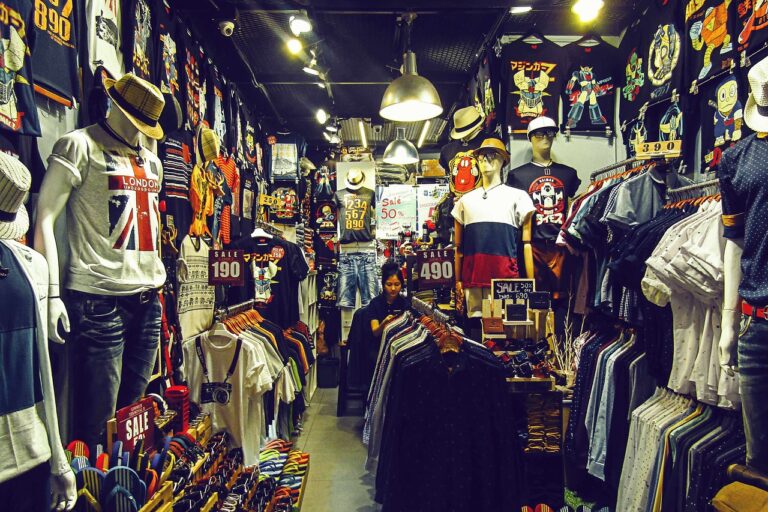Textile Waste Reduction in Retail Supply Chains: Implementing Circular Economy Practices: Welcome 11xplay, Laser247. Com, World777.com registration
welcome 11xplay, laser247. com, world777.com registration: According to a report by the Ellen MacArthur Foundation, the fashion industry is one of the most polluting industries globally. One significant contributor to this environmental impact is textile waste generated along the retail supply chains. From production to consumer disposal, textiles go through several stages in the supply chain, and at each stage, waste is generated in the form of offcuts, unsold inventory, and end-of-life garments. To address this issue, retailers are increasingly looking towards implementing circular economy practices to reduce textile waste.
Circular economy practices focus on keeping materials in use for as long as possible through recycling, upcycling, and reusing. In the context of textile waste reduction, this means finding innovative ways to extend the lifespan of textiles, reduce the amount of waste generated, and create a more sustainable supply chain. Here are some key strategies that retailers can implement to reduce textile waste in their supply chains:
1. Design for longevity: By focusing on durable and timeless designs, retailers can encourage consumers to keep their garments for longer periods, reducing the need for frequent replacements.
2. Implement take-back programs: Offering customers the option to return their old garments for recycling or upcycling can help retailers divert textile waste from landfills and create a closed-loop system for their products.
3. Source sustainable materials: Using eco-friendly and biodegradable materials in garment production can help reduce the environmental impact of textile waste in the supply chain.
4. Collaborate with suppliers: Working closely with suppliers to optimize production processes, reduce offcuts, and explore innovative recycling technologies can help retailers minimize waste generation.
5. Educate consumers: Raising awareness among consumers about the environmental impact of textile waste and promoting sustainable fashion choices can help drive demand for more eco-friendly products.
6. Embrace technology: Leveraging technology solutions such as blockchain for traceability, AI for predictive analytics, and 3D printing for on-demand production can help retailers optimize their supply chains and reduce waste.
By implementing these circular economy practices, retailers can not only reduce textile waste in their supply chains but also create a more sustainable and responsible fashion industry. It’s time for the fashion industry to embrace the principles of circular economy and work towards a more sustainable future.
FAQs:
1. How can retailers incentivize customers to participate in take-back programs?
Retailers can offer discounts or rewards for customers who participate in take-back programs, making it more attractive for them to recycle or upcycle their old garments.
2. What are some examples of successful circular economy practices in the fashion industry?
Companies like Patagonia, H&M, and Eileen Fisher have implemented various circular economy practices, such as garment recycling, upcycling, and sustainable material sourcing, to reduce textile waste in their supply chains.
3. How can retailers ensure the quality of recycled or upcycled garments?
Retailers can partner with certified recycling facilities or employ strict quality control measures to ensure that recycled or upcycled garments meet the same standards as new products.







